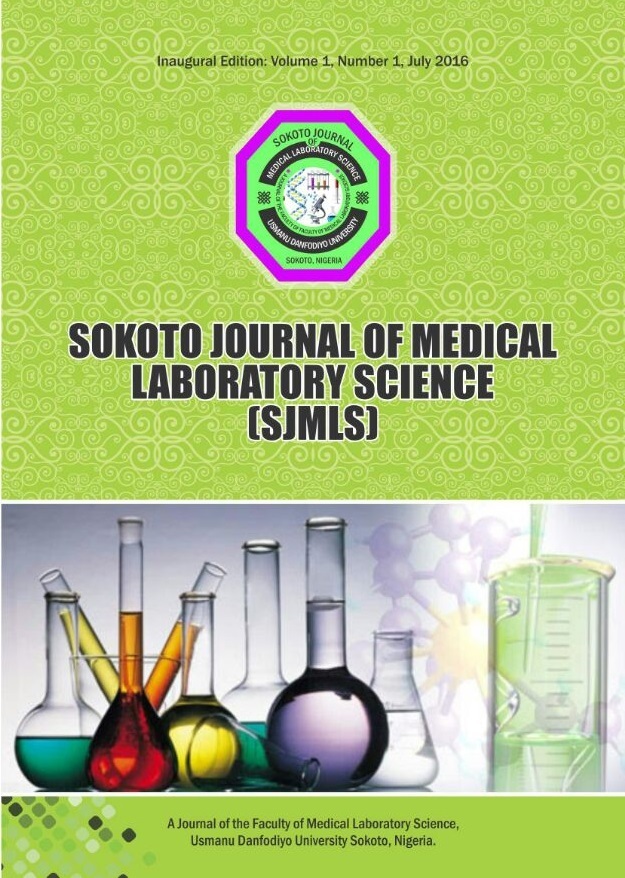Macroinvertebrate colonization of Catfish (Clarias gariepinus) carcass of River Ethiope, Delta State, Nigeria
Keywords:
Colonization, carcass, macroinvertebrate, decomposition, microhabitatsAbstract
A field survey was carried out in two microhabitats (riffles and pools) at River Ethiope, Delta State, Nigeria to determine macroinvertebrate colonization of catfish (Claria gariepinus) carcass. The carcasses were held in place by scavenger proof cases at the
bottom of shallow portions of riffles and pools in the River. During this period the ambient temperature of air and water were monitored daily along with other physicochemical parameters using standard methods as well as insect colonizers until the carcasses were completely decomposed. The result of physicochemical parameters showed that temperature, pH and conductivity recorded were not significantly different (p>0.05) in both microhabitats while velocity, dissolved oxygen and biochemical oxygen demand (BOD) were significantly different (p<0.05). A total of 112 individuals representing fourteen (14) species of macroinvertebrate were collected in the pools with Tabanus sp. and Chironomus sp. being the preponderant organisms while in the riffles a total of 229 individuals representing sixteen (16) species were collected with Caridina africana (Decapod) occurring as the most dominant species followed by Bugilliesia sp. and Cloeon sp (Baetidae). The rapid macroinvertebrate colonization on the fish carrion decomposition and function feeding group also suggest a better understanding of the decomposition in the River which are important resources for macroinvertebrate representing abundance and colonization hotspot. Also, this study will be valuable for forensic investigation in estimating elapsed time of submergence and in identifying the environment in which the decomposition occurred.




